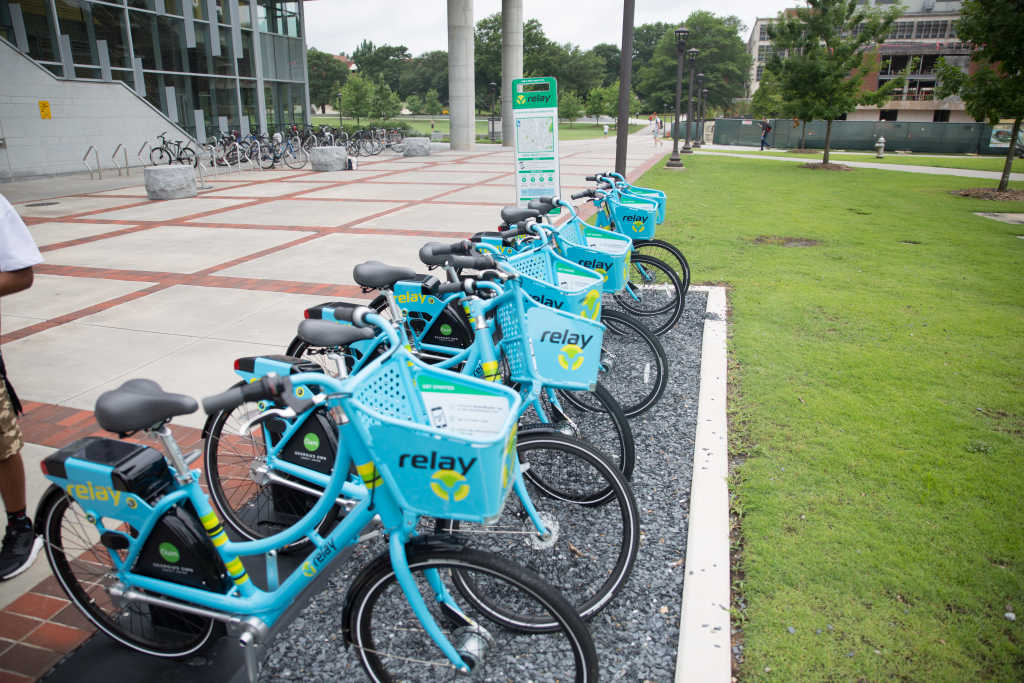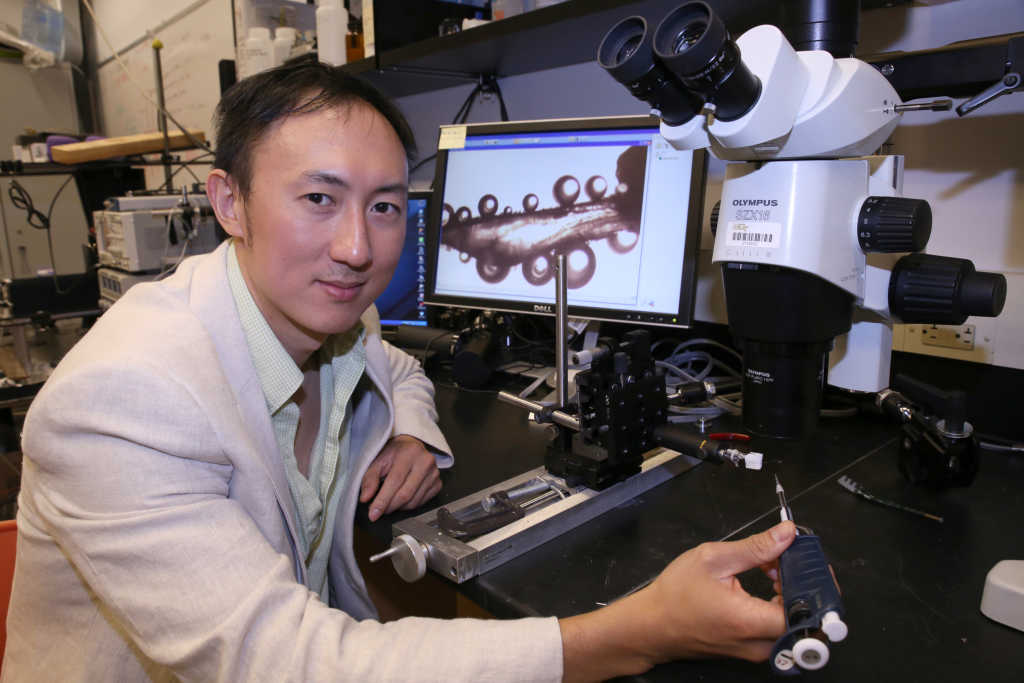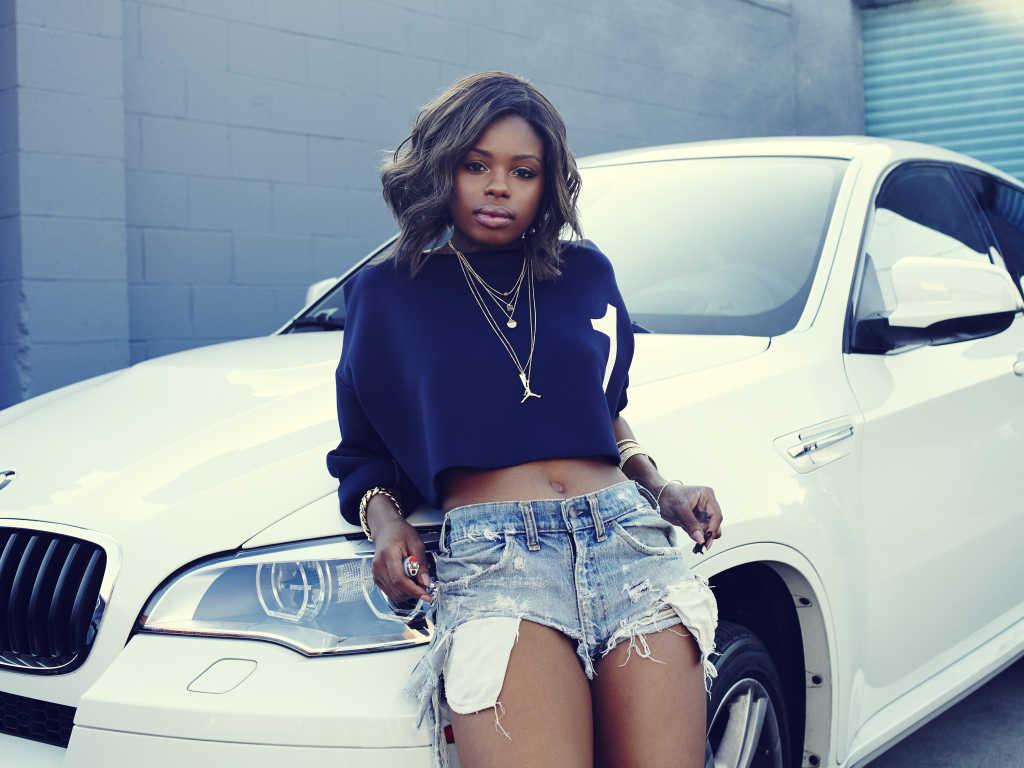
Effective July 1, Georgians with concealed carry permits will be able to lawfully carry their weapons on most of Tech’s campus.
Since the law, previously known as House Bill 280, was signed into law on May 4 the University System of Georgia (USG) has been working to create guidelines for all 28 of its public institutions as they work to accommodate the change within their existing security departments and disciplinary procedures.
On a fundamental level, the law allows those with concealed carry permits to bring their concealed handguns onto public college campuses; as is the case in other carry-friendly areas, only handguns are permitted and they may not be openly displayed.
Several areas of campuses have been identified as exempt areas in which concealed weapons are not permitted. These include sports venues, such as McCamish Pavilion and Bobby Dodd Stadium; student housing facilities; preschool and daycare facilities, including the Children’s Campus on 10th Street; faculty, administration and staff office spaces; areas which are used for disciplinary proceedings, though only when such a proceeding is taking place; and any classroom in which high school students are enrolled in a class.
State law identifies it as the carrier’s responsibility to determine where their weapons are and are not permitted. Violating the law results in a misdemeanor crime for the license-holder, as well as potential violations of institute-level rules.
GTPD plans to hold numerous information sessions on the new policy for students and faculty throughout the summer and into the fall, and held the first one on June 14 with Pat McKenna, Vice President for Legal Affairs and Risk Management.
Many attending the session expressed concerns about potential gray areas in which guns may be carried — laboratories and common spaces outside of faculty offices, for example — and areas in which they may not be carried. The latter category includes most Greek houses, which are privately owned and thus may make their own rules about weapon possession, and the Biltmore, which although now owned by the Georgia Tech Foundation is not technically on-campus.
For Tech’s part, the most tangible changes will be in the training and responses within the Georgia Tech Police Department (GTPD) for reports of armed persons on campus. Robert Connolly, Chief of Police for GTPD, stated at the information session that officers are receiving altered training to safely accommodate people carrying weapons on campus.
“Before, we get a weapon call and we immediately rush to the scene,” Connolly said. “Now we have to ask lots of questions, and a lot of those questions are: What type of weapon does the individual have? Is the individual displaying the weapon? What is the mannerism behind that [display]? … When you call in, the dispatchers are trained now to ask these questions so we understand exactly what we’re coming to.
“We are coming, I promise you. We are going to respond but we have to do it appropriately. … We cannot violate the second amendment right. I think this is very similar to our first amendment right: we have the right to speech, and sometimes we don’t like the content, but we still have to allow it. This is no different.”
Unless a person without a permit is carrying, it is no longer legal for law enforcement to detain a person simply for carrying a handgun on Tech’s campus. That said, Connolly reiterated that seeing even what appears to be an intentionally-displayed handgun is sufficient reason to contact GTPD. He advised that especially those who were concerned about being able to discretely report such incidents should download the LiveSafe app, which is able to share users’ locations and texted reports with GTPD dispatchers.
According to John Stein, Dean of Students and Vice President of Student Life, the student code of conduct will be revised slightly to accommodate the change: the non-academic conduct violation currently reading “unauthorized possession of weapons” will likely be changed to “unauthorized possession of authorized weapons.”
It is thus possible to face consequence from both law enforcement and the Institute for violating the campus carry law in some capacity.









